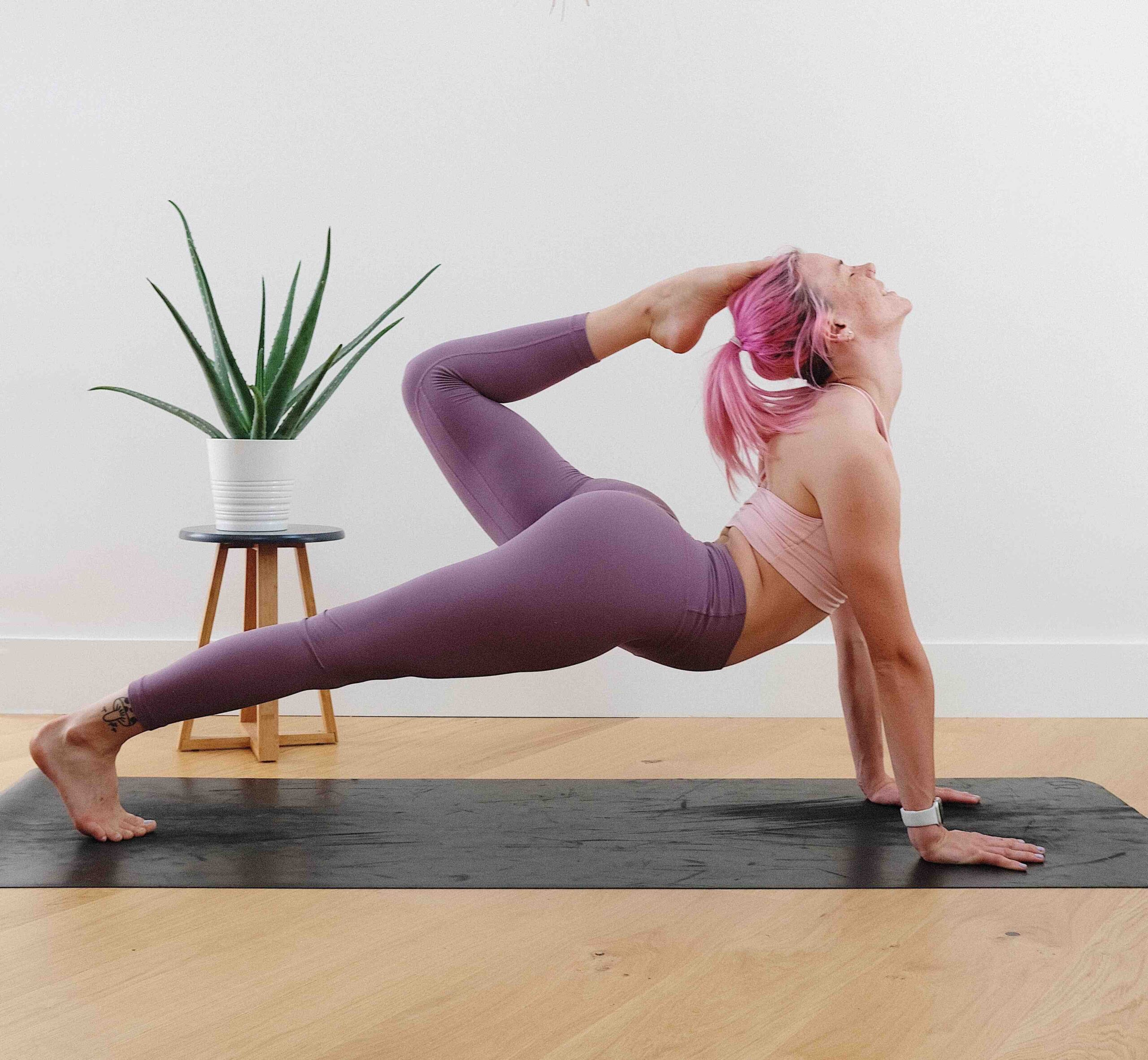If you’ve taken on a new sport or fitness regime during lockdown, you’re certainly not alone.
According to Sport England, at the peak, more than half of UK adults found new ways to keep fit. Almost a quarter of people took part in online fitness classes and over 900,000 of us downloaded the Couch to 5K running app.
After months of exercising at home and in the great outdoors, gyms are finally reopening. But with strict social distancing measures still in place, our workouts won’t be the same for a long time yet.
Finding new ways to stay active is a positive thing but without the support of qualified trainers it could be having unintended consequences on our bodies.
Intimate health expert Stephanie Taylor of Kegel8 looks at the impact of lockdown fitness routines on an often forgotten about muscle group – the pelvic floor – and how you can spot the signs you may be damaging it…
What is pelvic floor damage?
Both women and men have a pelvic floor, yet many people are in the dark about what it does. Importantly, the pelvic floor muscles hold all your important pelvic organs in place including the bladder, uterus (in women) and rectum.
If these muscles are weak, you’re more likely to suffer from bladder incontinence, a painful prolapse where a pelvic organ slips out of place and see your sex life deflate.
So, it’s important to build and maintain strength in your pelvic floor whatever your age. Exercise can help you do this, but it needs to be done properly.
Problems can also occur if the pelvic floor muscles are too tight. Over exercising and bad form can leave you with a hypertonic pelvic floor – a permanent tightening of the muscles – that can give you severe pain in the rectum, genital area and even the lower back.
Running
Running app Strava’s usage tripled during lockdown, as many of us caught the running bug. But although great for burning calories, running is a high impact sport which can damage your pelvic floor over time.
Try mixing up the surfaces you run on. Running exclusively on tarmac (a very hard surface) can be harsh on the pelvic region as well as the joints in your legs, so try to find a route which has softer shock-absorbing surfaces like grass, mud or sand.
Investing in a quality cushioned running shoe that absorbs some of the shock can also help to minimise damage. So too can improving your cadence – the number of steps you take per distance – by reducing the severity of treading on the feet, legs, and pelvis.
HIIT
High intensity interval training (or HIIT) was extremely popular in lockdown, thanks to its short length and small space needed. When done correctly, HITT training is a great way to burn fat and build muscle. But during these hard sessions it’s easy to lose form, putting too much pressure on your pelvic floor.
Maintaining good posture is really important during a HITT class. Collapsing can be awkward for the positioning of the pelvis, so when doing floor work like crunches and sit ups, refrain from curving the spine.
When squatting, alignment is key. Keep your torso upright, straighten your back and watch your knees don’t go over the toes.
If you find your body is getting too fatigued with weighted exercises, use your body weight alone to lessen the load. Isolation exercises like single leg extensions are also good as the pressure swaps from leg to leg, so it doesn’t build in the pelvic floor.
Cycling
Cycling is another lockdown favourite. It can be gentle for the pelvis as some seats are designed to evenly distribute pressure, but if you’re riding in the wrong position or with a standard seat you may be putting your pelvic health at risk.
Seats with a cut-out, in particular, put unwanted pressure on the perineum. So can low handlebars as this forces an unnatural pelvic tilt. Over long rides, this will make the pelvic floor muscles tighten and force the nerves and arteries to compress leading to pain and discomfort.
If you’re worried, you can seek the help of a bike specialist who can help you set up your bike in the safest position.
